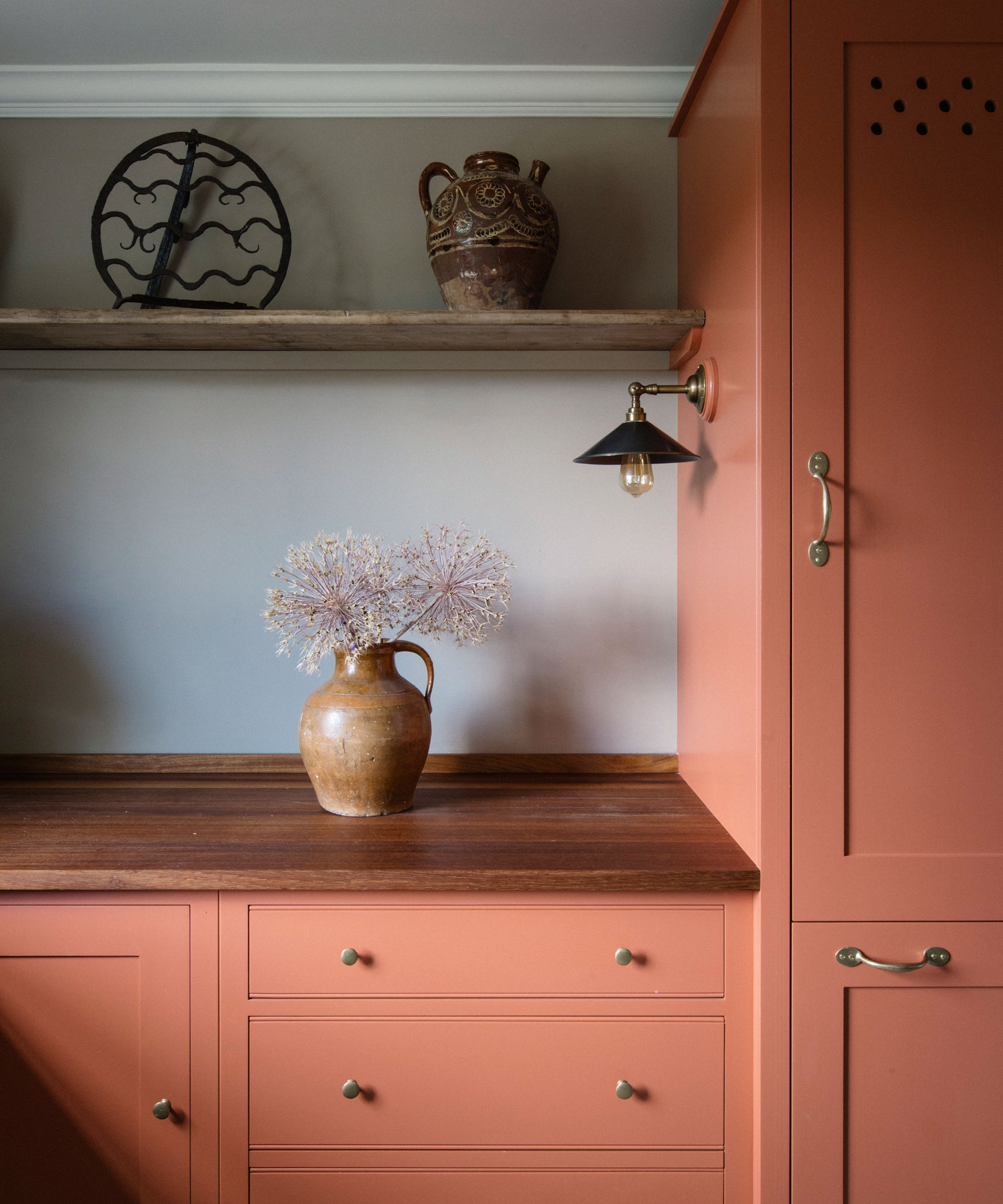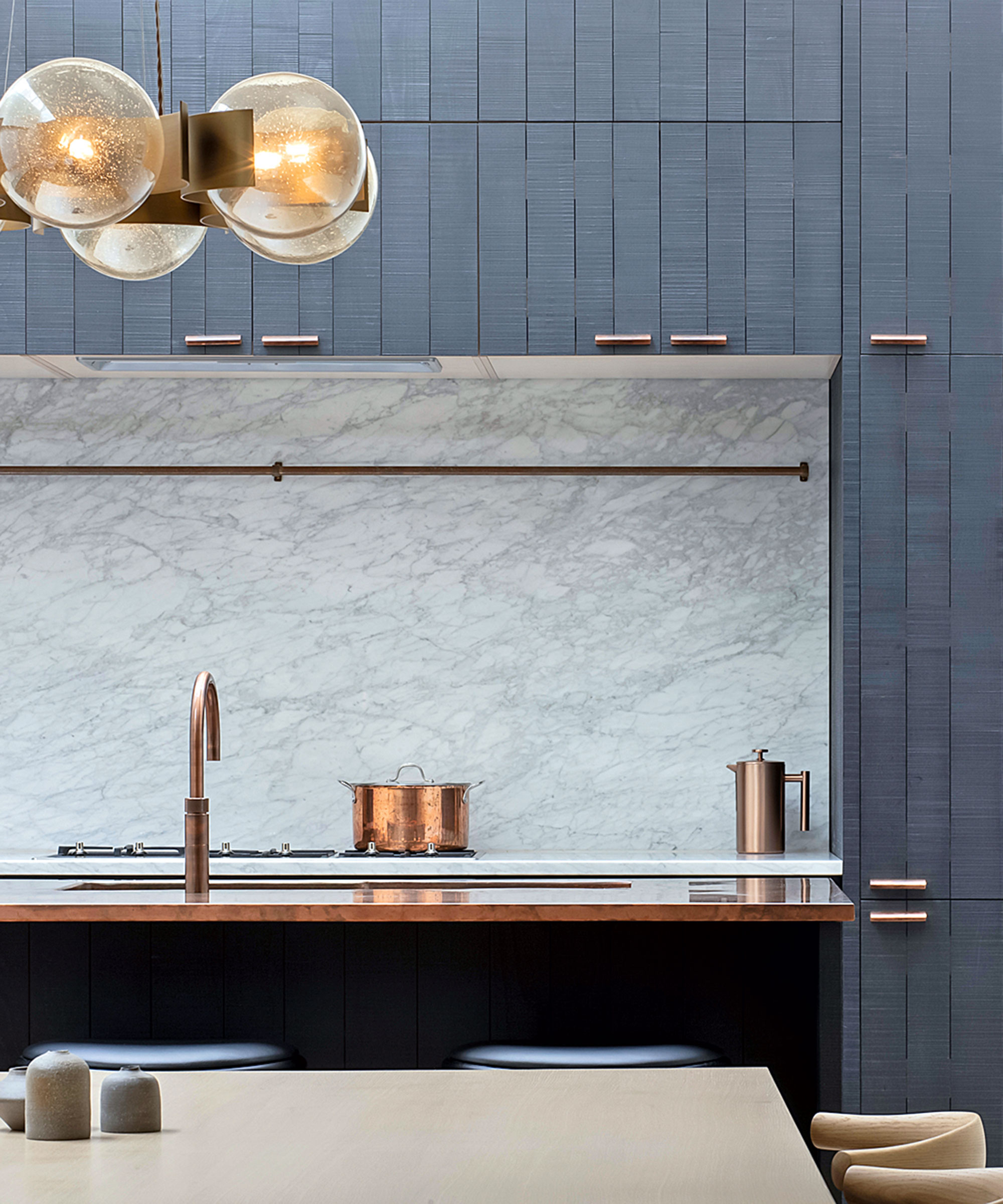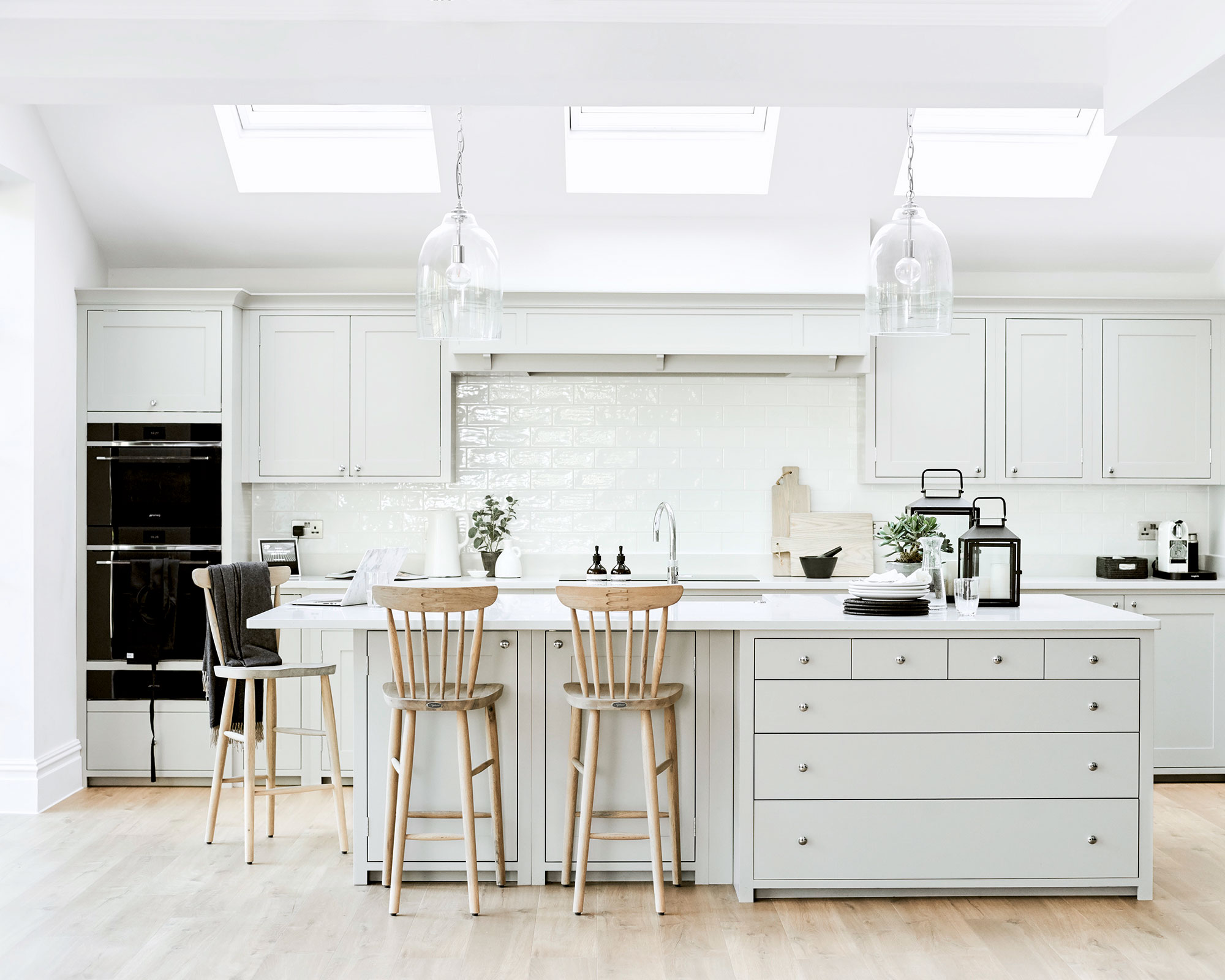What colors cause anxiety? The 5 colors that will ruin your mood
Colors are often used as metaphors for moods, but how do these colors translate into our homes. We've asked the experts...


If you’ve ever felt like the color of a room was causing you undue stress, anxiety or simply dampening your mood, you might be on to something. Whilst the majority of people often choose room color ideas based on personal preference, it’s also important to consider how the colors we decorate with influence our emotions.
Here designers, color psychologists and experts reveal how to approach choosing colors that don't cause anxiety to create home decor ideas that are relaxing, rejuvenating and beautiful.
What colors cause anxiety?
During this turbulent time, so many of us have sought comfort in the surroundings of our homes, but could the colors in your space be causing you anxiety? Color is a powerful and proactive tool, and one that we often take for granted when thinking about our health and wellbeing. Certain color saturations have the power to directly impact human behaviour, whether that be in a positive or negative way. 'Colors, like features, follow the changes of the emotions,' the famous artist Pablo Picasso once remarked.
Color psychologists have found that certain 'sad colors' can have a profound influence on our mood, perceptions and even our actions. Decorating with these anxiety-inducing colors can even change your physiology and balance of hormones. So what is it about these colors that make them so highly potent when it comes to interior design? And could they be one of the reasons why your friends hate your house?
'Colors that can cause anxiety are typically colors that are highly saturated, the deep, intense, vibrant colors,' explains Karen Haller, color psychology specialist, teacher and best-selling author of The Little Book of Color.
While there are generalities we can make about colors and what people associate with them, colors and our affinity toward them have a lot to do with our personalities, environment, and experiences, so it is imperative to choose some of the most relaxing colors for a shade that makes you happier at home.
1. Red

Red is a controversial and much-talked about color, and for all its interior design potential, is considered to be the most stressful color. 'It's the one color that struggle to live with in large doses,' explains Karen Haller. Red is not a particularly restful color. It is know to relate to how we physically react and behave; we often feel overwhelmed, and it can trigger the fight or flight response in our behaviour.'
Design expertise in your inbox – from inspiring decorating ideas and beautiful celebrity homes to practical gardening advice and shopping round-ups.
Red room ideas can be too intense for most people. It reminds us of imminent danger. It is aggressive and stimulating, which is why it is often used in warning signs. Physically, red can induce reactions in the body that are similar to stress responses, such as an increased heart rate and body temperature.
However, red isn't all bad, especially when used in small quantities, or as an accent color in the home. It has many positive connotations, too. Red is the color that represents passion, sensuality and love. This hue has the ability to stimulate, energize and maintain attention – and has also been known to increase the production of melatonin and aid with memory.
2. Yellow

'Another color that people often tell me they find too overwhelming is a very strong intense yellow,' says Karen Haller. 'This is because yellow relates to the nervous system. 'When we are surrounded by intense yellow for prolonged periods of time, we can start to feel irritated and that’s not how you want to feel in your home.'
As one of the oldest known colors in history, yellow was commonly used in art due to the wide availability of the ochre pigment. Ancient Egyptians painted their Gods in yellow; for them, this resembled gold.
However, from the 14th-century onwards, yellow became associated with negative personality traits, treason and jealousy. Due to these unwanted connotations, yellow fell out of favor quite rapidly from its glory days; its dubious reputation has endured today.
For all its negative associations, yellow is having something of a resurgence in the design world. In this instance, it certainly pays to find the right saturation for your home.
‘To use yellow or ochre, you need to think of it as the “neutral” in the scheme; as a foil to set off other colors, not to overpower everything else' says Susan Deliss, textile designer and interior decorator. Avoid anything that says canary or banana and go for something that sets off the architecture or warms up a cooler space.’
More recently, it has been noted that yellow can be used to treat depression. Though studies remain relatively minimal; yellow is often advised to treat those suffering from Seasonal Affective Disorder (SAD).
3. Brown

Like other dark colors, brown is often associated with more negative emotions, such as depression and anxiety. In large quantities, brown can seem wistful, stark and lonely, like an empty field devoid of life.
But don't let this put you off; brown has many enduring qualities, too. Considered a dark neutral, earthy brown is grounding but also has an elegance that is truly sophisticated. Versatile, it can be striking on its own or allow other hues to stand proud.
Interior designers recommend that your pair brown with other colors for added depth and interest. This will detract from the negative connotations associated with this one detested color.
‘Being polychromatic, brown goes with everything, but in deeper, very rich hues it is particularly good at flattering beautiful, well-drawn patterns,' says Edward Bulmer, interior designer and founder, Edward Bulmer Natural Paint.
4. Grey

According to color psychology, the color grey implies a dark state of mind, a colorless and monotonous life; grey is also associated with misery and depression, so it is easy to see why it is a color that is known to cause anxiety.
Since grey is neither black nor white, it’s usually thought of as the transition between two non-colors. Grey is also considered an unemotional color – which can make you feel detached from reality.
However, before you ditch grey altogether, do bear in mind that grey can be used instead as a timeless and dependable base – or canvas – for your home. Grey harmonises well with almost every other hue, making it a most adaptable neutral and giving good reason for its popularity, says Helen Shaw, director at Benjamin Moore. She says there are three approaches to take when using grey as a base.
‘Tonal greys are perfect for anyone looking to add an accent color, as a complementary grey with a matching warm or cool undertone can be chosen for a harmonious look.’
Alternatively, she suggests layering a grey paint with a green undertone: this is a fool-proof choice, as green-greys sit at the center of the color wheel and flatter both warm and cool colors.
Finally, to make more of a statement, go for corals and pink peach tones. ‘They create a rich, warm welcoming feel with undertones of red, orange and pink. It works beautifully as an accent to a grey scheme or as a statement wall color,’ she adds.
5. White

Like most colors, white can have positive and negative associations and meanings. It is important to remember that color associations are not necessarily universal.
Colors can have different meanings, symbolism, and associations from one culture to another. In Western cultures, the color white is often associated with weddings and hospitals, and is often used to convey a sense of purity and cleanliness. In many Eastern cultures, however, white is symbolically linked to death and sadness. It's often a color used during mourning rituals.
Despite it's sterile, cold and clinical associations, white is popular color to decorate with, and for good reason.
Elegant and timeless in its simplicity, decorating with white is a stalwart in the world of interior design. The beauty of a predominantly white scheme is that it provides a wonderful scaffold upon which to hang accents of color.
'White is, of course, one of the most versatile shades in all of design, says Jane Landino. 'It instantly brightens while evoking a sense of calm and flawlessness.'
Can the color red trigger anxiety?
The short answer is yes. Red can trigger anxiety in many people, and is known to be one of the most stressful colors to decorate with.
The effects of room color among humans is often under-estimated, however, more recently, color psychologists have found that the color red is said to have specific negative effects on mental health and psychomotor activity.

Jennifer is the Digital Editor at Homes & Gardens, bringing years of interiors experience across the US and UK. She has worked with leading publications, blending expertise in PR, marketing, social media, commercial strategy, and e-commerce. Jennifer has covered every corner of the home – curating projects from top interior designers, sourcing celebrity properties, reviewing appliances, and delivering timely news. Now, she channels her digital skills into shaping the world’s leading interiors website.